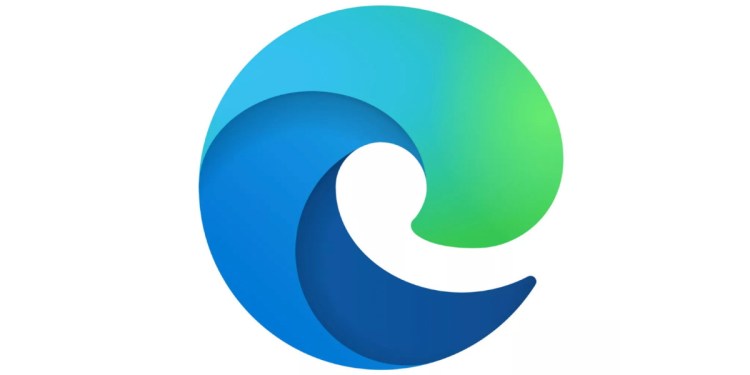testsetset
Microsoft this week delivered on its December 2018 promise to embrace Google’s Chromium open source project. Chromium Edge for Windows 7, Windows 8, Windows 10, and macOS uses Google’s Blink rendering engine instead of Microsoft’s EdgeHTML, and Google’s V8 for JavaScript instead of Microsoft’s Chakra. The question is: Should you switch to Chromium Edge? From everything I’ve seen, your business should definitely give it a shot.
Whether it’s hardware or software, Microsoft is obsessed with selling productivity. That’s always been the case, but lately the company has really doubled down. We’ve seen its increasing support for open source over the years, but now Microsoft is even happy to adopt a competitor’s open source project. As with Microsoft’s decision to build its own Android phone, rebuilding Edge using Chromium translates to Microsoft leaning on a popular Google consumer platform to offer business users unique features.
The 13-month wait has been worth it. Unlike legacy Edge, Chromium Edge loads every webpage we’ve thrown at it without a hitch. Chromium Edge works with every Chrome extension we’ve tried. In our testing, Chromium Edge even outperforms Chrome.
Business features
While IE has been available with every Windows release, legacy Edge only shipped on Windows 10. This created a tough chicken-and-egg problem. Legacy Edge was not able to keep up with the web because of Chrome’s dominance, while older versions of Windows were stuck with IE, which only resulted in more Chrome installations.
June 5th: The AI Audit in NYC
Join us next week in NYC to engage with top executive leaders, delving into strategies for auditing AI models to ensure fairness, optimal performance, and ethical compliance across diverse organizations. Secure your attendance for this exclusive invite-only event.
Chances are your business has Windows 7, Windows 10, and macOS computers, and maybe even some Windows 8. Your colleagues thus likely rely on Chrome, Safari, legacy Edge, and maybe even Internet Explorer. Chromium Edge may let you replace all that with a single browser. Because it starts from the same Chromium code base, new Edge feels like Chrome. Chrome extensions work, so there’s no loss in functionality. Everyone will find it familiar. (In case you also have some Linux computers floating around, Chromium Edge for Linux is coming, but Microsoft still doesn’t have a date.)
Chromium Edge has an IE mode, so legacy sites and apps just work. That means IE support and the modern web are in the same window. Don’t get me wrong — I want IE to die as much as anyone else. Everyone does, including Microsoft. But if it’s a must, at least we can avoid using IE itself.
Chrome-like goodness and legacy support aside, there’s also a bunch of enterprise functionality, security features, and group policy options. Because it integrates Microsoft Search, you can sign in with your Azure Active Directory (AAD) account to find files, people, and intranet sites right in Bing alongside internet results. You can sync Edge across your Windows, macOS, and mobile devices using your Microsoft Account or AAD. App Assure means if your sites work in IE8 and above, Chrome, or legacy Edge, then they’ll work on the new Edge — or Microsoft will help you fix them at no additional cost. Microsoft Defender SmartScreen blocks malicious websites, and Application Guard uses hardware isolation to prevent old and newly emerging attacks. There’s even a dedicated enterprise new tab page for your Office 365 files, sites, and workplace search.
This all comes down to one simple pitch: If the business needs or prefers a Microsoft browser, Chromium Edges means that’s no longer a pain for everyone involved.
Growing pains
Again, from our testing, it all works. But businesses move slowly for good reason. Chromium Edge has had a few small hiccups already.
On launch day, when I tried to install Chromium Edge, it chose the Spanish language for me. While I managed to fix this myself, Microsoft has also resolved the issue on its end. Small bugs like this are to be expected on launch day but would be unacceptable when deploying a new browser across your business.
For anyone else that runs into this problem: Go to Apps and features, find Microsoft Edge, uninstall it and check the box (which says to clear browsing data, but if you don't do this part it will remember Edge as Spanish when you reinstall). Reinstall the new Edge.
— Emil Protalinski (@EPro) January 15, 2020
I experienced a second issue involving importing my settings from Chrome. One of the Google accounts I use was being auto filled, and thus none of Google’s sites kept me logged in. This was incredibly frustrating because I rely on so many Google sites throughout the workday (Google Calendar, Google Keep, Google Hangouts, and so on). I also fixed this one myself (if you experience it, go to the Google Account website and remove any saved logins). Businesses likely wouldn’t import settings from other browsers, though, so this shouldn’t be an issue.
The biggest potential obstacle for your business may be mobile. This week’s launch was really about the desktop browser. It will take a while for new Edge for Android and iOS to catch up in features, Microsoft tells me. If your employees need their corporate browser on their phones, they will not be pleased if you force them to switch. If they use their own mobile browsers, then new Edge can of course be installed side by side, but that’s hardly the same pitch as it is on desktop.
While my experience has been almost entirely positive so far, and I’m not the only one, there’s no telling what issues businesses may run into. I would recommend waiting until at least till Edge 80, which ships in early February, before your team or IT department starts testing. If you want to be extra cautious, give it six months.
ProBeat is a column in which Emil rants about whatever crosses him that week.

